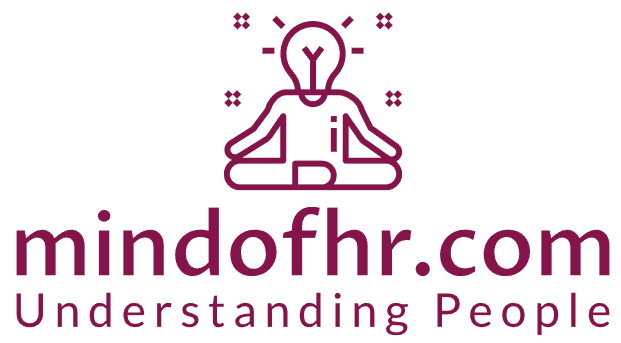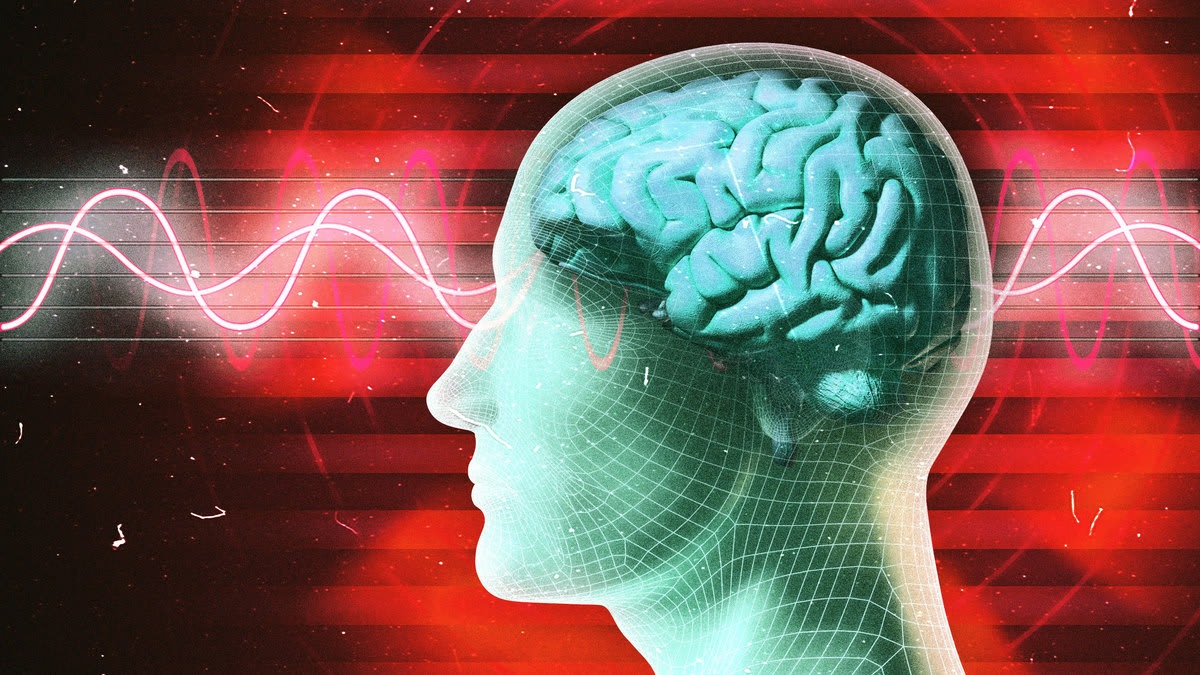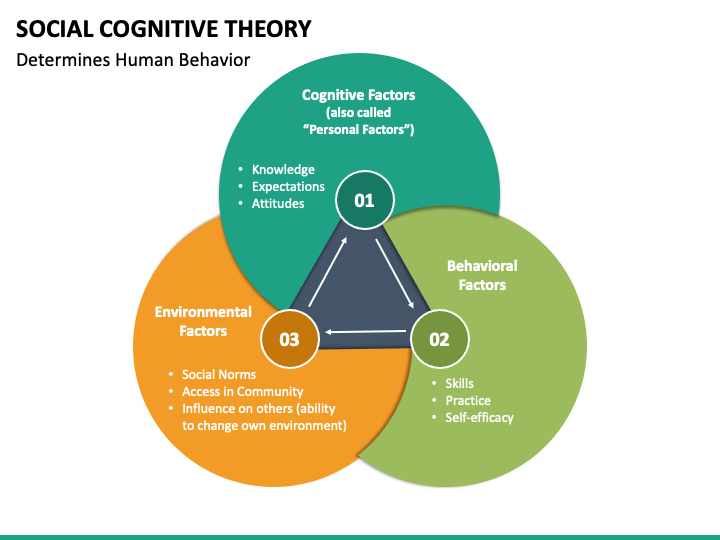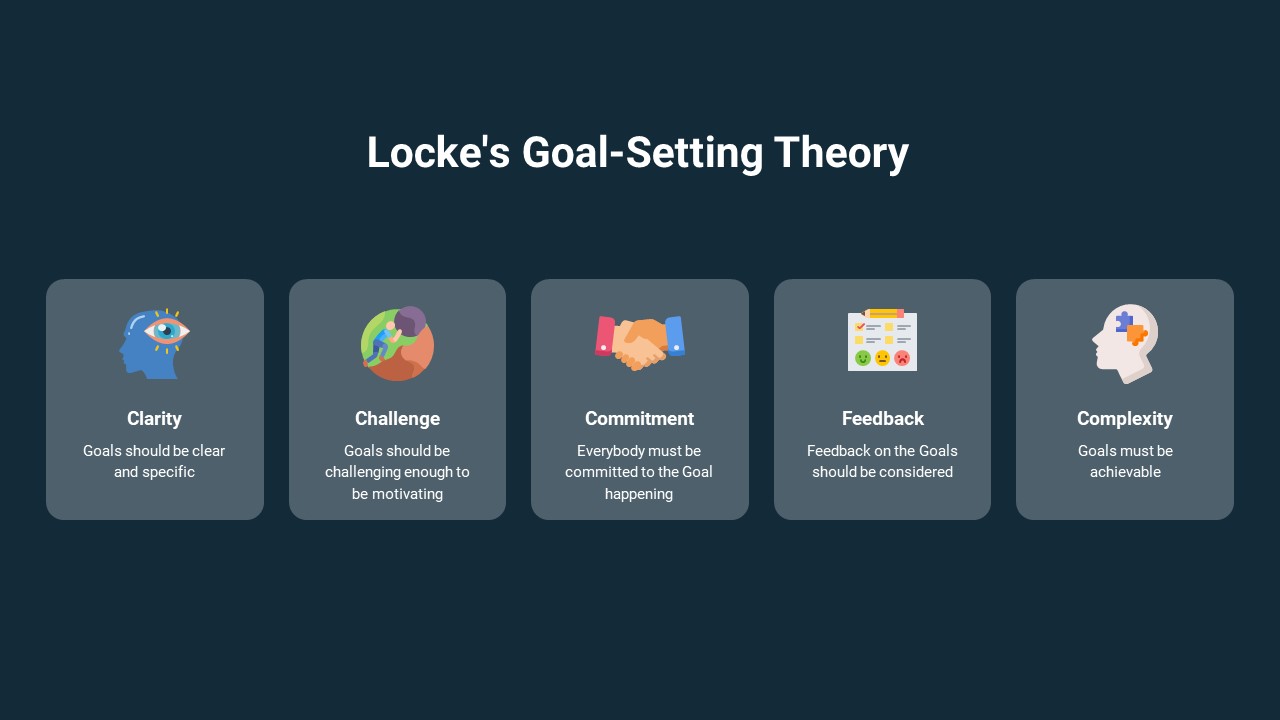In the grand adventure of being human, there’s this fantastic thing called “flow.” It’s like a superpower that helps us do our best without feeling tired or stressed. Picture it as a special dance where our brain takes the lead, orchestrating moments of pure magic. Let’s dive into the wonders of this magical state, exploring the brain’s dance moves and the amazing things it can make us achieve.
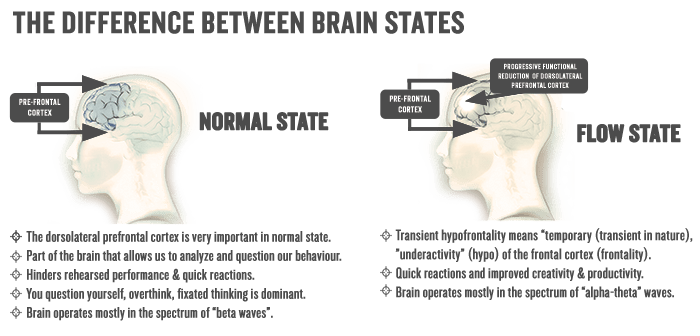
The Dance of Flow:
Flow is like catching a groove in a dance – that perfect moment when everything just clicks. It’s not just about writing cool stories or climbing big rocks; it’s about doing something we love so much that we forget about everything else.
Think of your brain like a busy orchestra, playing different tunes known as brain waves. When we’re awake and active, we have beta waves, like the steady beat in music. As we start to relax but stay alert, alpha waves take over, creating a calm and focused mood. Theta waves join the performance during deep relaxation, adding a touch of creativity. The rare gamma waves, the crescendo in our mental music, bring heightened perception and learning.
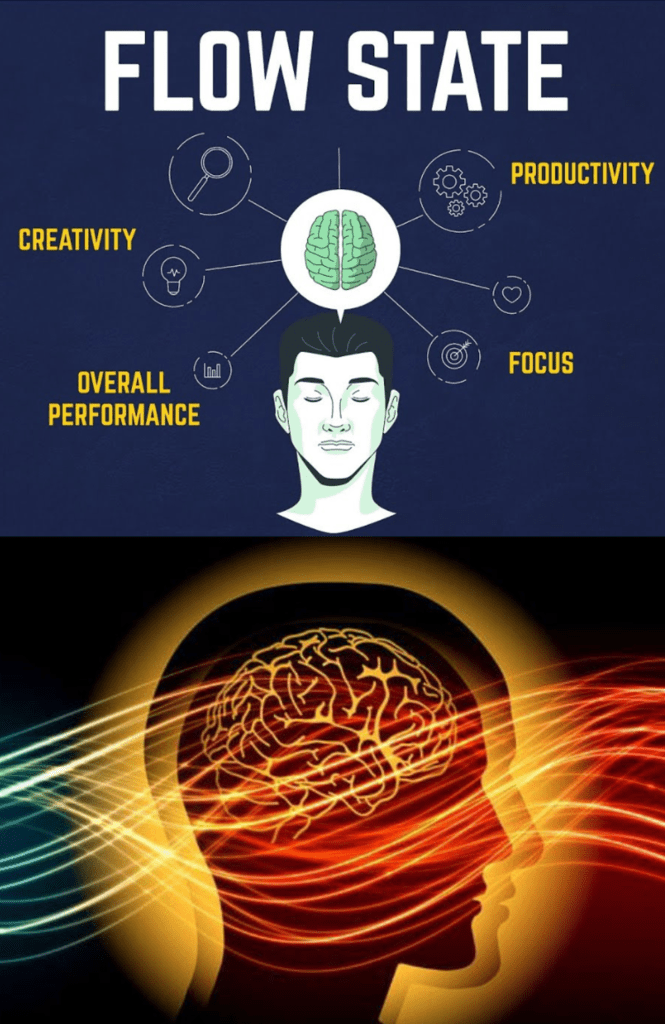
Now, let’s talk about the amazing flow state. When we’re in this super-focused state, our brain waves change in a magical way. First, the active beta waves decrease, and the calming alpha waves become more prominent, making us feel relaxed yet attentive. As we dive deeper into flow, theta waves may appear, boosting our creative thinking. This brain wave dance happens because different parts of our brain, like the thinking part and the emotional part, work together smoothly. This collaboration leads to less self-doubt, intense focus, and a perfect blend of doing things and being aware of them – that’s the incredible flow state!
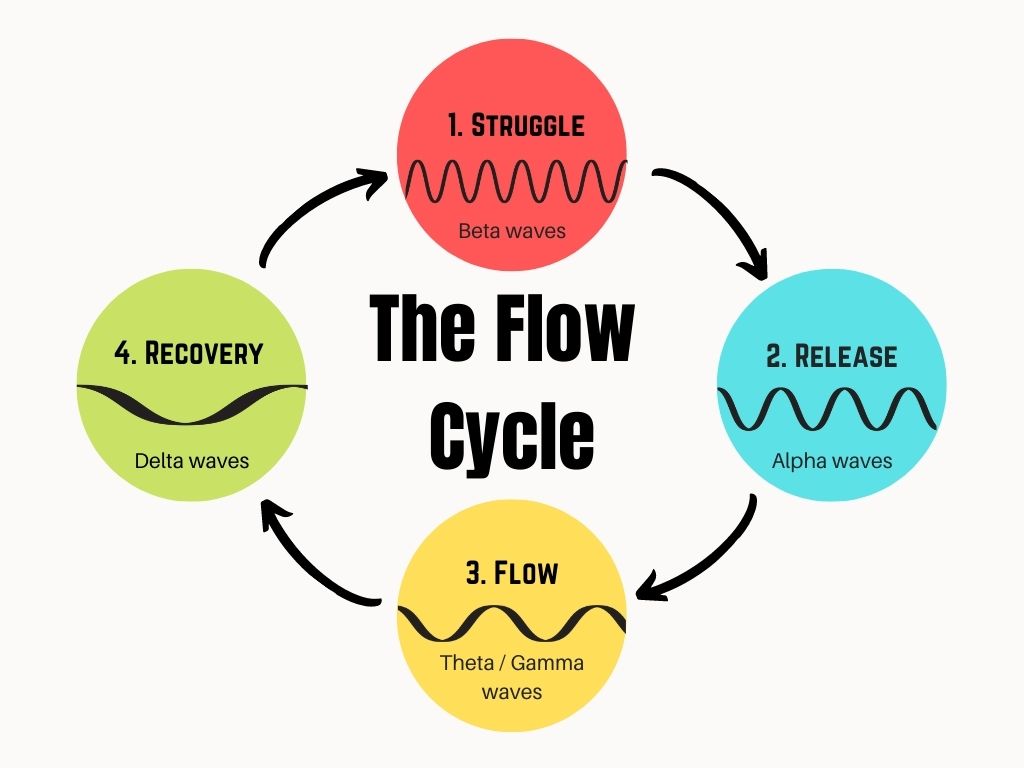
Brain Dance:
Scientists have peeked into our brains to see what’s happening when we’re in this flow state. It’s like a big symphony, with different parts of our brain working together in harmony. This brain dance makes us focus better, use our smarts, and even makes time feel a bit funky – in a good way.
The brain wave dance during the flow state plays a crucial role in enhancing our focus, and the scientific insights behind this phenomenon are quite fascinating. As we shift from beta to alpha waves, the brain experiences a decrease in active thinking and self-awareness. This relaxed yet alert state sets the stage for improved concentration.
During flow, the increased prominence of alpha waves signifies a quieting of the brain’s chatter and a reduction in distractions. This allows us to hone in on the task at hand without being easily pulled away by external stimuli. Essentially, it’s like tuning out the noise, creating a mental environment where focus can thrive.
Moreover, the emergence of theta waves further contributes to our ability to concentrate. These waves are associated with a state of deep relaxation and heightened creativity. It’s as if the brain is opening up pathways for novel ideas and problem-solving, adding an extra layer to our focused mindset.
Scientifically, this enhanced focus is linked to the synchronized activity of different brain regions, such as the prefrontal cortex and the amygdala. These areas work together seamlessly during flow, promoting a harmonious balance between analytical thinking and emotional responses. The result is a heightened state of attention and engagement with the task, allowing us to navigate challenges with precision and clarity.
For example, think of a musician in the flow while playing an instrument. As they enter this state, the brain wave dance reduces self-doubt, quiets distracting thoughts, and opens up channels for creative expression. The musician becomes fully immersed in the music, achieving a level of focus where each note is precisely executed.
In essence, the brain wave dance during flow creates an optimal environment for focus by reducing mental clutter, enhancing creative thinking, and fostering a seamless collaboration between different cognitive functions. This intricate choreography within the brain leads to a state of heightened concentration, allowing us to perform tasks with greater precision and enjoyment.
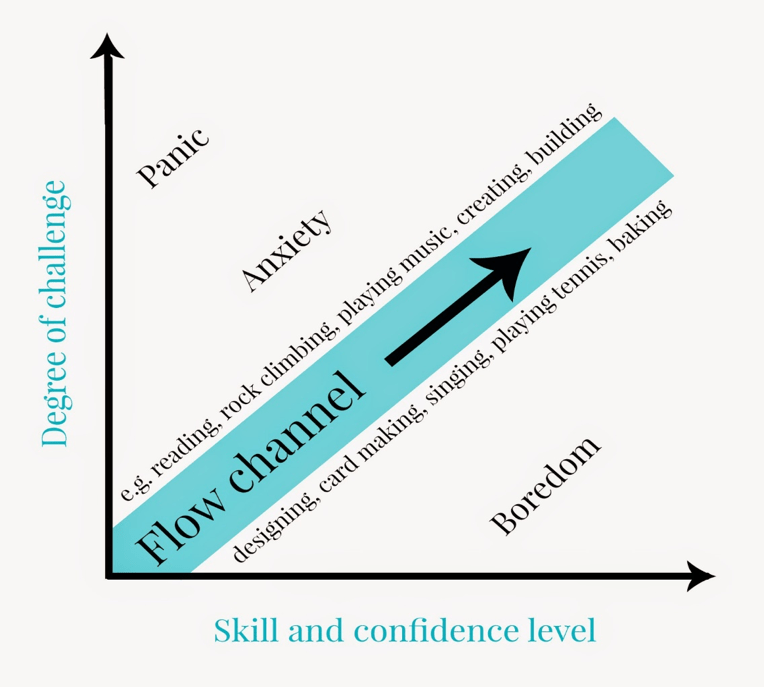
Easy Effort:
What’s really awesome about flow is that it feels easy, even when we’re doing something that’s usually hard. It’s like playing your favorite game – you’re so into it that you forget it’s a bit tricky. Flow makes tough stuff feel like a breeze.
The phenomenon of accomplishing complex tasks with seemingly easy efforts during a flow state is a fascinating aspect of human performance. When in a flow state, the brain undergoes a remarkable shift in its cognitive processes, contributing to the perception of effortlessness in the face of challenging activities.
One key factor is the reduction in beta waves, associated with active and analytical thinking. As beta waves decrease during flow, the brain experiences a quieter, less self-critical mental environment. This decrease in overthinking and self-doubt allows individuals to engage in complex tasks without the hindrance of excessive cognitive interference.
Moreover, the increased prominence of alpha waves, which signify a relaxed yet attentive state, contributes to a sense of effortlessness. It’s as if the brain enters a zone of optimal arousal, where it is neither too agitated nor too sluggish, enabling a smooth and efficient cognitive flow.
The synchronization of different brain regions, such as the prefrontal cortex and the amygdala, also plays a crucial role. These areas work in harmony, facilitating a balance between logical thinking and emotional responses. The result is a focused and immersive mental state that allows individuals to navigate complex tasks with ease.
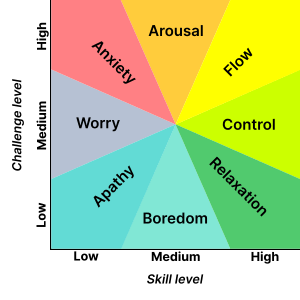
Team Flow
Flow isn’t just a solo dance; it can happen when a bunch of people work together, like a team. Think about playing a game with your friends, where everyone is in sync and doing their best. That’s a team flow – everyone working together like a well-practiced dance routine, creating something amazing together.
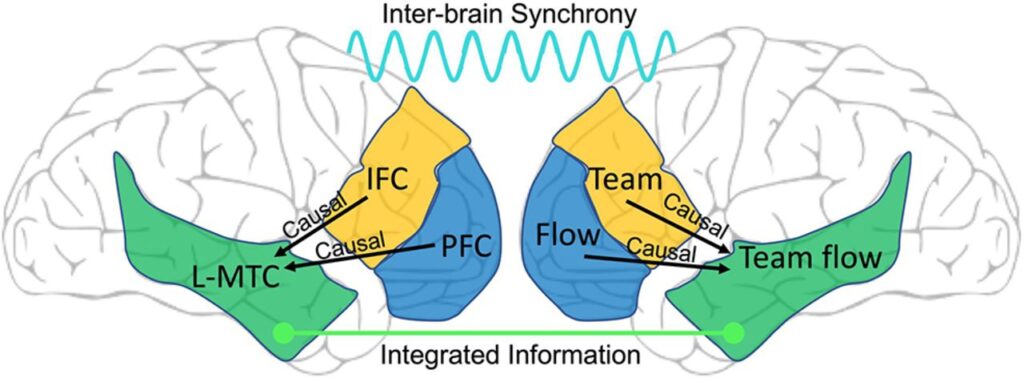
Team flow, scientifically known as “collective flow,” is a captivating phenomenon where a group of individuals collaborates seamlessly, reaching a heightened level of performance and synergy. This collective state of flow is underpinned by a complex interplay of psychological and neuroscientific factors.
- Shared Goals and Clear Communication: In team flow, members share a common goal or purpose, and communication is clear and efficient. Scientifically, this aligns with the concept of neural synchronization. When individuals in a group share a common goal, their brains tend to synchronize in terms of attention and intention, fostering a shared mental framework.
- Mirror Neurons and Empathy: Mirror neurons, a fascinating aspect of social neuroscience, play a role in team flow. These neurons fire both when we perform an action and when we observe someone else performing the same action. This neural mirroring fosters empathy and a deep understanding of team members’ experiences, promoting a sense of connection and unity.
- Emotional Contagion: The phenomenon of emotional contagion, where emotions are transferred between individuals, contributes to team flow. In a cohesive team, positive emotions can spread rapidly, creating a collective emotional state that enhances motivation and collaboration. This is reflected in the neurochemical release of neurotransmitters like oxytocin, often associated with social bonding.
- Reduced Self-Consciousness: Similar to individual flow, team flow involves a reduction in self-consciousness. The prefrontal cortex, responsible for self-monitoring and self-awareness, shows decreased activity. This allows team members to focus more on the collective task at hand rather than worrying about individual contributions, fostering a sense of shared responsibility and mutual trust.
- Synchronization of Brain Waves: Just as individual flow is associated with a specific pattern of brain waves, collective flow involves the synchronization of brain waves among team members. This synchronization reflects a harmonious neural dance, where different brains work in unison towards a common goal. This shared brain wave pattern enhances communication and coordination within the team.
- Optimal Challenge and Skill Balance: The principle of optimal challenge and skill balance, a key component of flow, extends to team flow. When a team faces challenges that align with its collective skills, a sense of collective efficacy emerges. This balance is associated with the release of neurotransmitters such as dopamine, contributing to a positive and rewarding team experience.
In essence, team flow is a neurobiological symphony, where shared goals, effective communication, empathy, emotional resonance, and synchronized brain activity create a collective state of optimal performance. Understanding the scientific underpinnings of team flow provides insights into how teams can cultivate an environment that fosters collaboration, creativity, and shared success.
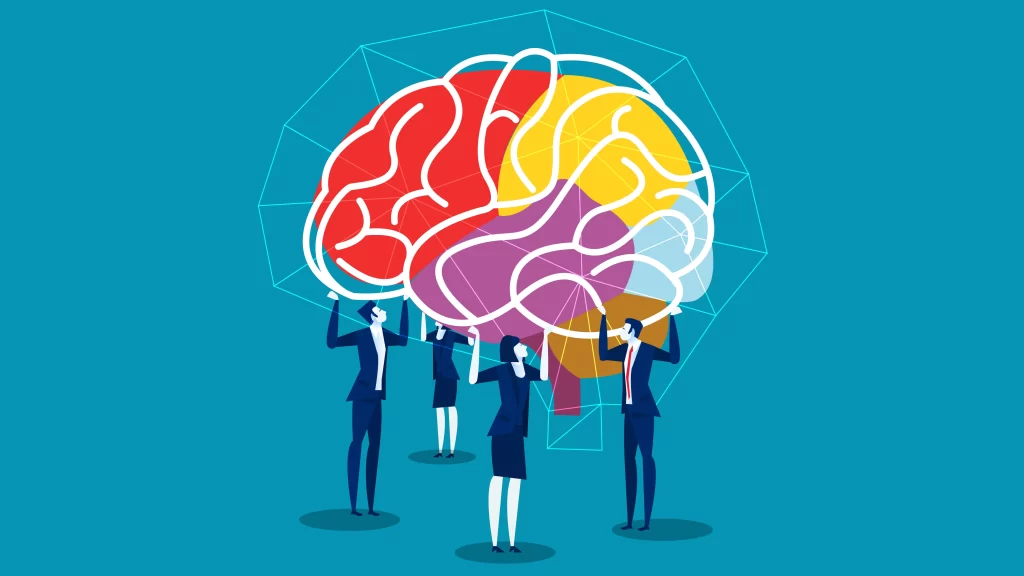
Time Magic:
In the flow dance, time sometimes feels like it’s running super fast, and other times it feels like it’s taking its sweet time. It’s like when you’re having so much fun that hours feel like minutes. Flow adds a dash of time magic to our experiences.
The perception that time seems to magically slow down or even stop during a flow state is a fascinating aspect of this altered state of consciousness. Several psychological and neuroscientific factors contribute to this intriguing time distortion.
- Temporal Lobe Activity: The temporal lobe, a region of the brain associated with the perception of time, experiences altered activity during flow. Studies suggest that the temporal lobe’s involvement in time processing may change, leading to a subjective sense of time dilation. This shift in neural processing contributes to the feeling that time is passing differently.
- Focused Attention and Timelessness: Flow is characterized by intense and focused attention on the task at hand. When individuals are deeply absorbed in an activity, their attention becomes so concentrated that they lose awareness of external factors, including the passage of time. This state of heightened attention creates a sense of timelessness, where the mind is fully engaged in the present moment.
- Time-Blindness and Reduced Self-Awareness: Flow involves a decrease in self-awareness, often referred to as “time-blindness.” The individual becomes less conscious of their own actions and the external world, resulting in a distorted perception of time. This reduced self-awareness allows individuals to become fully immersed in the activity, experiencing a timeless quality.
- Neurotransmitter Release: The neurochemical changes associated with flow, including the release of neurotransmitters such as dopamine and norepinephrine, may contribute to time distortion. These chemicals not only enhance focus and motivation but also influence the brain’s internal clock, altering the perception of the passage of time.
- Altered Brain Wave Patterns: The synchronization of brain waves, particularly the dominance of alpha and theta waves, is characteristic of the flow state. These altered brain wave patterns may influence the brain’s internal timekeeping mechanisms, creating a subjective experience of time that differs from the external clock.
- Immersive Engagement and Time Perception: The sense of being fully immersed in an activity during flow can lead to a distorted perception of time. When individuals are completely absorbed, they may underestimate the actual duration of the task due to the intensity of their focus.
The magical slowing down of time during flow is a result of the intricate interplay of neural processes, including changes in temporal lobe activity, focused attention, reduced self-awareness, neurotransmitter release, altered brain wave patterns, and immersive engagement. This time distortion adds to the enchanting and transformative nature of the flow state, where individuals feel as though they are operating in a timeless realm of heightened experience.
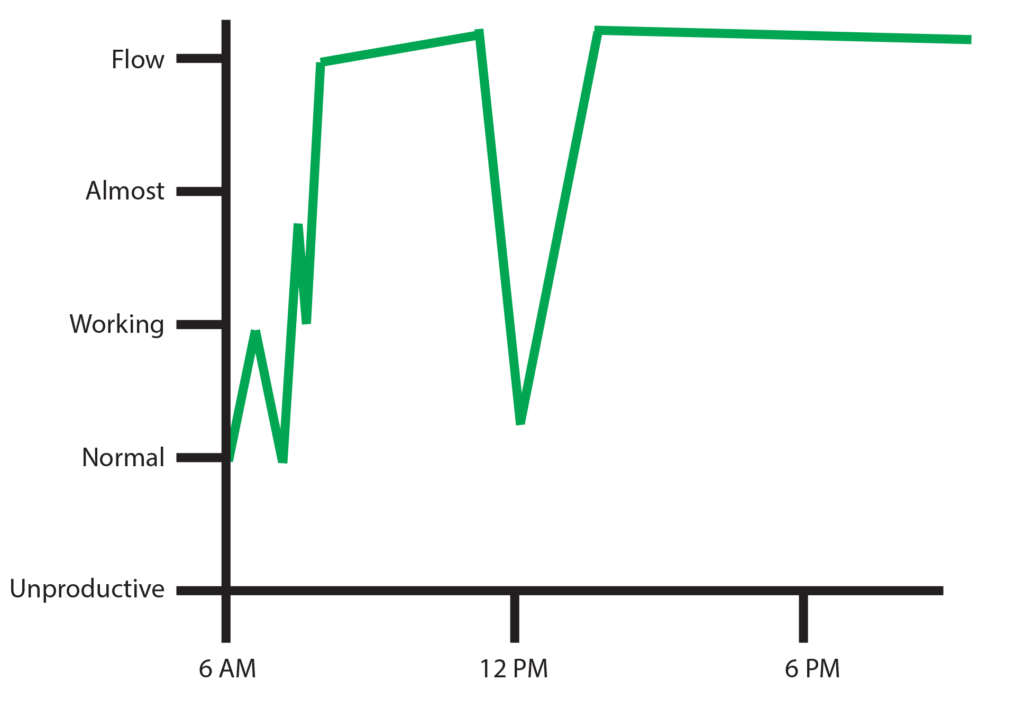
Unlocking Our Best Selves:
Understanding how to start this flow dance, figuring out what our brains like, and creating a space for it can help us do our absolute best. Whether you’re telling a fantastic story, climbing a big rock, or even playing your favorite instrument, flow is like a magical key that unlocks the coolest parts of being human.
Unlocking our best selves during a flow state involves tapping into the optimal conditions that foster creativity, productivity, and a sense of fulfillment. Here’s how you can cultivate and embrace the flow state to bring out your best:
- Identify Your Flow Activities: Recognize the activities that consistently draw you in and make you lose track of time. These could be creative pursuits, sports, problem-solving, or any task that you find deeply engaging.
- Set Clear Goals: Define clear and achievable goals for the task at hand. Having a sense of purpose and direction provides a roadmap for your focus and helps in maintaining the flow.
- Provide Immediate Feedback: Choose activities that offer clear and immediate feedback. This allows you to adjust your approach in real-time and stay immersed in the task without unnecessary interruptions.
- Balancing Challenge and Skill: Strive for a balance between the challenge of the task and your skill level. Tasks that are too easy can lead to boredom, while those that are too challenging may cause anxiety. The sweet spot lies in activities that stretch your abilities just beyond your current skill level.
- Eliminate Distractions: Create an environment conducive to concentration by minimizing distractions. Turn off unnecessary notifications, find a quiet space, and dedicate uninterrupted time to the activity.
- Cultivate Intrinsic Motivation: Engage in activities that you find inherently rewarding and enjoyable. Intrinsic motivation, driven by personal satisfaction and passion for the task, is a powerful catalyst for entering the flow state.
- Practice Mindfulness: Incorporate mindfulness techniques to enhance your ability to stay present in the moment. Mindfulness meditation or deep-breathing exercises can help calm the mind and foster the mental clarity needed for flow.
- Embrace a Growth Mindset: Adopt a growth mindset by viewing challenges as opportunities for learning and improvement. This mindset encourages resilience in the face of setbacks and promotes a positive approach to overcoming obstacles during flow.
- Create a Ritual: Establish a pre-flow ritual or routine that signals to your brain that it’s time to transition into a focused state. This could be a specific set of actions, a brief moment of reflection, or even listening to a particular type of music.
- Build Consistent Habits: Cultivate habits that support a flow-friendly lifestyle. Consistency in your daily routine, including dedicated time for flow activities, can contribute to a more natural and regular experience of the flow state.
Remember that achieving a flow state is a personalized journey, and what works for one person may vary for another. Experiment with different strategies, be patient with the process, and observe how these elements come together to unlock your best self during the magical flow state.

Everyday Flow Heroes:
Remember that time when you were drawing, and everything just clicked? Or maybe when you were playing your favorite sport, and it felt effortless? Those are your flow moments, and they make you a superhero in your own story. Embrace those moments, ride the flow wave, dance with your brain, and discover the magic that happens when you unlock the secrets of your own awesomeness!
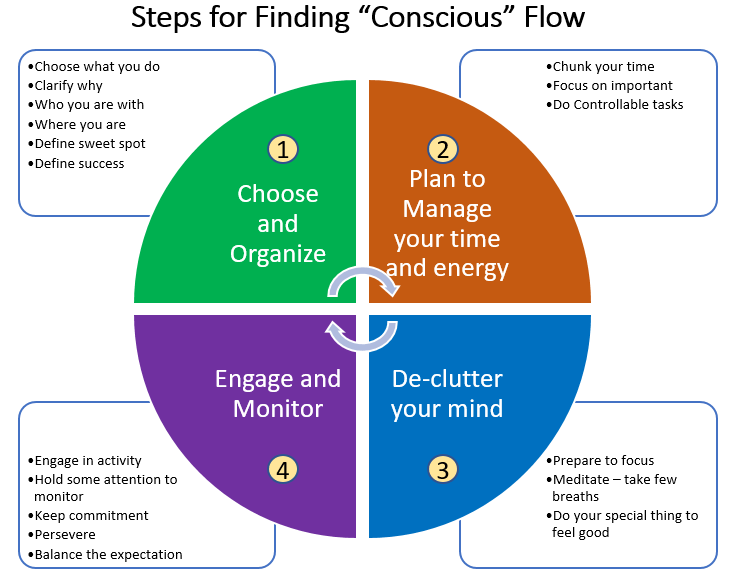
Achieving a flow state is like catching a wave of inspiration and riding it to peak performance. To tap into this magical state, start by choosing an activity you genuinely enjoy and that matches your skills. Whether it’s writing, painting, playing a musical instrument, or engaging in a favorite sport, the key is to find that sweet spot where the challenge meets your abilities. Eliminate distractions, create a conducive environment, and set clear goals to provide a sense of direction. Immerse yourself fully in the task, allowing time to lose its grip as you focus on the present moment. Embrace the process rather than fixate on the end result, and be open to adapting and learning along the way. As you become more attuned to the activity, trust your instincts, and let go of self-consciousness. The more you practice, the better you become at entering this state of effortless effort, unlocking a world of creativity, productivity, and joy.
The Flow Journey Continues: As we ride the flow wave, there’s so much more to discover. Maybe you’ll find flow in learning a new skill, cooking your favorite meal, or even just taking a peaceful walk. Every day is a chance to tap into that magical state, creating moments that feel like pure wizardry. So, let’s keep dancing through life, exploring the wonders of flow, and making our own magic happen!
